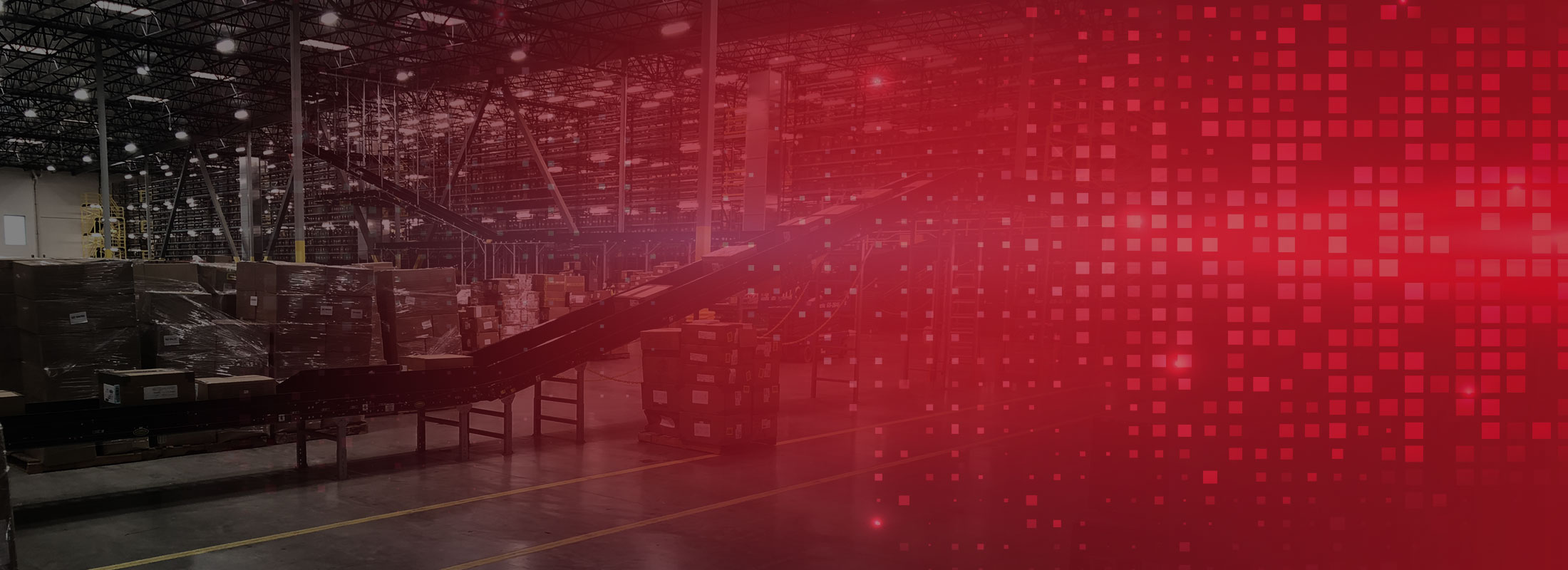VARGO® Seminars
VARGO® leads many seminars in the material handling industry, including those at national trade shows such as ProMat and MODEX.
If you missed our seminars, or just want to watch our seminars again, you can view a video of the presentation and read through the PDF PowerPoint here. Please contact us with any questions regarding our seminars or other resources.
Maximize Flexible Automation Benefits
Ship from Store with COFE
Will a Goods-to-Person (GTP) Solution Solve my eFulfillment Labor Challenges?
Goods-to-person is the process of bringing product to a person which greatly reduces travel time to pick and gather product from a storage location. With the emergence of the pandemic, rising concerns on how to address labor deficiencies increased exponentially. Similarly, over the last few years the emergence of Goods-To-Person solutions in the market has also increased. While most solutions are based upon the traditional carton level automated and storage solutions (ASRS) newer to the market are solutions based upon autonomous mobile robots (AMR). In this session we’ll provide an overview of the technologies, their benefits and some of the challenges with integrating into the overall flow of a building. We’ll also explore how a Warehouse Execution System (WES) based operation can help facilitate integrating these technologies into the overall building flow so that both the efficiency of people and machines are maximized over the full day. Lastly, with the ongoing advancements in artificial intelligence (AI) we’ll provide a glimpse into the future with add-on enhancements for these technologies and expected benefits.
Integrating New Automation? WES is an Operator’s Must-Have
In this MODEX 2020 seminar, we’ll investigate such technologies as Autonomous Mobile Robots, Automated Storage and Retrieval Systems, Automated Put Walls, and High-Speed Loop Sortation, and we’ll discuss the restraints they can create when not managed by a WES. A WES can automatically deliver volume that matches the resource available without the need for a Warehouse Management System waveologist. Learn how to achieve production goals by using simple designs managed by a WES.
Consultant, Integrator, OEM: Whom Do I Engage and When
In this MODEX 2020 seminar, VARGO® provides information on the roles and services of consultants, integrators and OEMs to help shed light on engaging with outside resources when approaching a project.
WES Bridging the Future: Simplying New Tech Integrations under the WMS
To stay ahead of the competition, evolution of the distribution/fulfillment center is essential. With the explosion of new robotic technologies and the need to be less dependent on labor, the chore of implementing automation under the siloed controls of a WMS is slow, costly and problematic. This ProMat 2019 seminar from VARGO® provides key takeaways on how a Warehouse Execution System (WES) can bridge the need faster and more successfully.
Continuous Flow Waveless Fulfillment via the WES
In this MODEX 2018 seminar, VARGO® discusses how fulfillment is evolving at a record-setting pace, how e-commerce consumers want their orders faster, cheaper and accurately, and how a WES that uses continuous flow, waveless processing optimizes fulfillment.
Next Gen Fulfillment Answered — The Warehouse Execution System (WES)
VARGO® explores the latest trends in fulfillment requirements, their challenges and gaps in in conventional approaches and how the WES has evolved to solve the production woes of e-commerce fulfillment in this MODEX 2018 seminar.
E-Commerce Put Walls — Turn Time is Key
In this ProMat 2017 seminar, VARGO® discusses various configurations of e-commerce putwalls, their benefits and achieving flow via waving, overlapping waves and continuous flow WES systems.
Wholesale – The Next Frontier for Waveless
With regard to unique business requirements of wholesale distribution fulfillment, VARGO® explores alternative concepts enabled by waveless, continuous flow processes in this ProMat 2017 seminar.
The Omnichannel Fulfillment Center: It’s All About the Warehouse Execution System
When we think of omnichannel operations, we must focus on utilization of your resources, facility, equipment, labor and inventory. This can only be accomplished if you employ the latest Warehouse Execution Systems (WES). Software that allows for a single distribution facility to service multiple channels such as e-commerce, retail stores, and client-owned stores. Typically this is accomplished by receiving and storing product as a single, channel agnostic inventory and utilizes one common workforce. This requires a WES that leverages common work processes across all channels with simplified, channel-specific processes. That synchronizes mechanical and labor resources to maintain balance throughout the system. That continuously picks the next “best” order to release, ensuring that priority orders are shipped the same day.
“Waveless” Order Processing: Why Wave Picking Is Hurting Your Business
If you are currently “waving” or “wave” order processing, you understand what the terms bottlenecks, congestion, and islands of automation mean. You also must have a team of wave-experts and supervisors trying to coordinate the work flow of the waves, as well as trying to make move labor to match the waves. Waveless order processing works in real-time and dynamically assigns tasks to pull work through the system. When working in real-time, high-priority orders get moved to the front of the queue for immediate release and processing. Waveless processing produces a steady work flow which will provide far greater utilization of resources (labor and machines) and increase system throughput.

